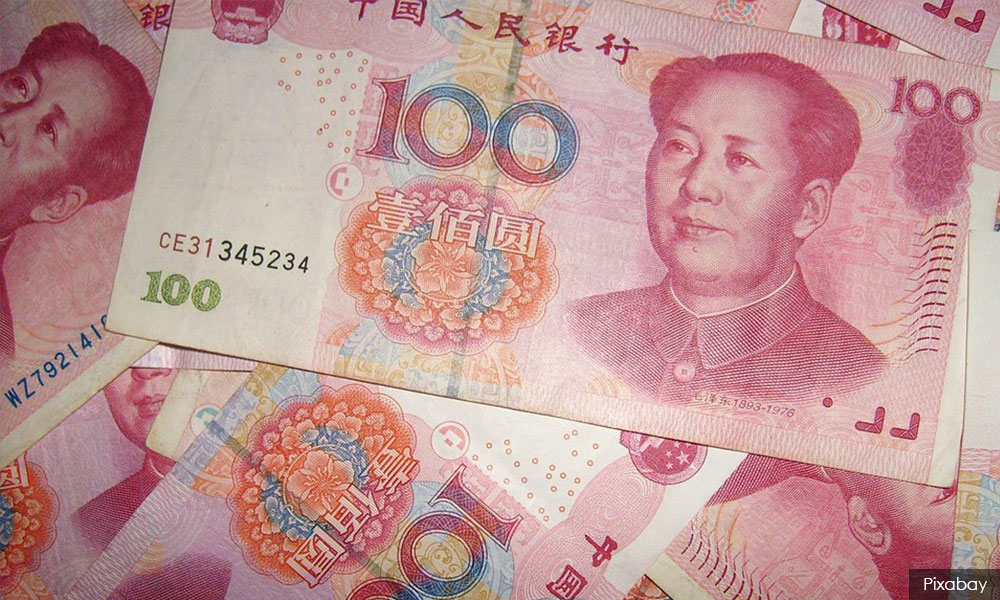LETTER | Could de-dollarisation help to strengthen the ringgit?
LETTER | Ringgit has recently hit a 25-year low against the US dollar. Our policymakers are pursuing de-dollarisation or reducing the use of the greenback in our bilateral trades to increase the demand for ringgit.
For instance, Malaysia is now using ringgit and the respective countries’ currencies in some bilateral trades with China, Thailand and Indonesia.
I think the jury is still out there on de-dollarisation to strengthen the ringgit. Anyway, I could be wrong. Here are some of my observations.
First, the currencies involved in the so-called de-dollarisation bilateral trades are not fully convertible.
This means we cannot use the currency as and when we need it. A currency is fully convertible if it can be used for all purposes without restrictions and can be exchanged for another currency without limitations and at the prevailing market exchange rate.
What this means is that a less than-fully convertible currency is less liquid and entails more risks.
Take the case of bilateral trade between China and Russia, which is almost fully in yuan and rouble.
Russia’s central bank recently reported that their exporters and importers suffer from currency risks as the yuan is not fully convertible. It is also difficult to hedge the Chinese currency.
Second, there is so far no compelling evidence from de-dollarisation that it helps to strengthen one’s currency. Again, let us focus on Chinese and Russian currencies.
The yuan against the US dollar has recently hit a decade low. As for the rouble, it has recently broken through the key level of 100 to a dollar. Russia has just restricted Western companies from receiving US dollars or Euros after selling their assets in Russia in order to boost the value of its currency

Third, de-dollarisation in international trade is problematic and challenging. For instance, before the final product is shipped, there are usually many required intermediate inputs, and they are probably sold in the US dollar.
For instance, let’s say we sell palm oil to India for an Indian rupee or ringgit. The Malaysian producers probably need to pay for the fertiliser in the US dollar.
Fourth, international trades are often supported by credit throughout the various parts of the supply chain and the US dollar is often used.
For instance, if we buy products from overseas and use a credit card, the short-term credit is probably based on the US dollar.
Last but the least, we still need a lot of US dollars to service our US dollar-denominated debt. In 2018, our US dollar debt was about RM 530 billion.
‘M’sia needs the greenback’
By now, it is probable that our US dollar debt has since increased in about five years. The local borrowers in US dollars currently face double whammies.
First, they need to pay a higher US interest rate as their rate is about five percent right now. Second, they need to shoulder a higher debt burden as the US dollar has appreciated strongly.
If we sell our products or services not in US dollars, where do we get US dollars from to meet the huge demand for US dollars?
In sum, we probably still need a lot of US dollars to meet our huge US dollar demand. If we want to strengthen our ringgit, we probably also need to reduce the use of the US dollar in financial transactions.
The views expressed here are those of the author/contributor and do not necessarily represent the views of Malaysiakini.
RM12.50 / month
- Unlimited access to award-winning journalism
- Comment and share your opinions on all our articles
- Gift interesting stories to your friends
- Tax deductable
